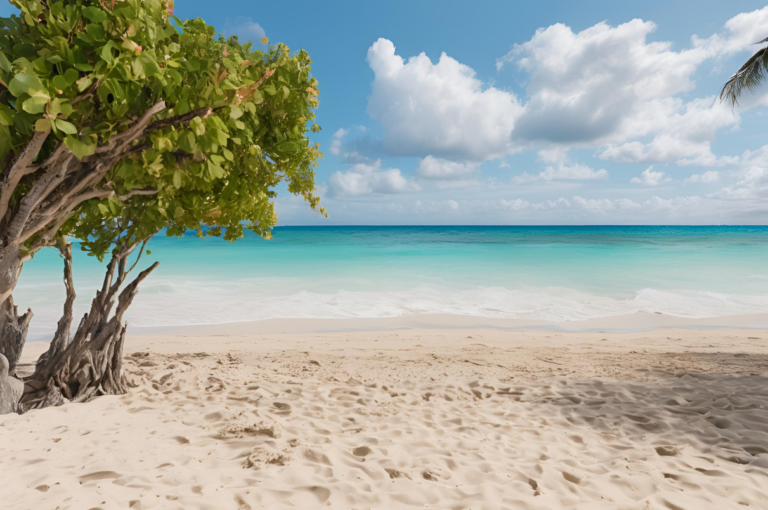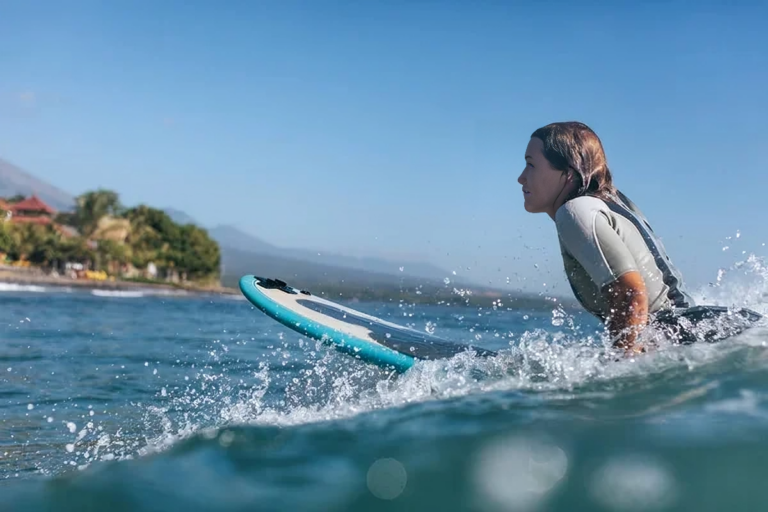Where to Surf in Japan?
Japan with its four main islands of Hokkaido, Honshu, Shikoku and Kyushu and many more islands has many good surfing sites.
When you think of surfing Japan is definitely a country to consider no matter if you are an expert or if this is your first time to hit waves.
1. Chiba Prefecture
Certainly worth mentioning is Chiba Prefecture situated to the east of the capital offering many opportunities for the surfers thanks to its rich coast line.
Shidashita Beach
Shidashita Beach is preferred due to waves and proximity to Tokyo and is often chosen as a venue for many surfing contests. It has a public sporting clubhouse for the visitor with dressing rooms for the use of the surfers on the beach.
The waves of Shidashita are regular and serve as good conditions for both novices and for the experienced surfer. The beach gained worldwide fame after being selected as the place where surfing competitions would take place during the olympics in Tokyo in 2020.
Ichinomiya
Ichinomiya is famous as one of the spots with very powerful flow and large waves in Japan, and it is visited by the surfers.
Surfing sites – The beach boasts of fine features that include well-deployed facilities as embraced by the constant tenant surfers. Surfing is one of the most popular and unique activities in Japan, and thus, it is the right place to discover it.
Onjuku
In Chiba Prefecture it has the warmest sea water due to the currents originating from the south making for very good surfing conditions.
Onjuku is in fact a paradise for longboarders because the waves at this place are not very strong. Another interesting factor is its geographical location which contributes to the aesthetic appeal of the surfing spot as well as the ideal destination for leisure.
Wadaura Beach
Offering testing waves, it makes Wadaura Beach a great destination for professional surf lovers and lovers only. There are not many people on this beach in comparison to other beaches in Chiba and therefore it is quite calm. The powerful, Taco rapid waves present here give the best option to shortboarding.
2. Miyazaki Prefecture
Miyazaki prefecture stretching along the southeastern coast of the Kyushu Island has a temperate climate all year round for surfing.
Aoshima Beach
Aoshima surf spot can be enjoyed at any time of the year but in terms of the best waves to ride, they occur during the summer season when there are typhoons. There are captivating geographical landmarks like Aoshima Island where one can get to see the so-called Devil’s Washboard- waves looking like rocks.
Due to these differences in waves and their breakage systems Aoshima can be recommendable for first time or beginners and even for second time or intermediate surfers.
Uchiumi Point
This is combined with fantastic typhoon swell and peeling walls making this destination one of the most premier surfing sites in Japan. These currents bring pressure here and are appropriate for advanced riders who seek a stronger adrenaline rush.
The place, Uchiumi is situated in a somewhat remote area in the Miyazaki prefecture and thus, the area provides an unspoiled environment which is a plus for surfers or in other words, the area has a natural demographic.
3. Wakayama Prefecture
The coastal area of Wakayama Prefecture in the Kansai region has much to offer, especially to surfers as it provides various conditions in the area.
Isonoura Beach
Located in Shinge, and within walking distance from Osaka Station, Isonoura Beach offers surfing throughout the year with rocky points and reef breaks.
Isonoura is well esteemed by the inhabitants of this coastal region and visitors due to the certain constancy of the wave and attractive natural environment.
In terms of accessibility and services, for instance, families are well-catered as there are facilities and services made for children as well as adults.
4. Kanagawa Prefecture
Japan’s premier surfing destinations are situated in the country’s Kanagawa prefecture, which lies immediately to the south of Tokyo.
Shonan Beach
Hawaii is famous for a high variety of waves, peeling reef, beach, harbor walls, and rivers, and river mouths. This is particularly the case with Shonan Beach most preferred during typhoon season.
The beach is also socializing, and many sporting events are held such as surfing competitions and festivals. The Patessaria atmosphere together with a number of restaurants and shops nearby has made Shonan to be an attractive place for the surfing freaks and other tourists.
Other Notable Spots
However, there are other great surfing prefectures in Japan apart from the above mentioned, which are also worth visiting.
Kujukuri Beach, Chiba
It has a long sandy coastline reaching 66 kilometers; however, the waves are often considered extreme. This beach is listed as one of the longest in Japan, thus offering a broad plain where the surfers can get their ideal section. Also, which adds to the beauty of the beach, there are beautiful sunsets which are always seen in the evening.
Habushiura Beach, Niijima (Tokyo)
Extended sandy shores, and white cliffs running along the coast of the Pacific Ocean, Habushiura Beach is one of the most popular surfing destinations in Japan.
Here the waves are strong permanent surfer’s waves that make the place to be popular among the professional surfers. The factors may include; The physical features, the laid back tempo of the island.
Seasonal Considerations
The best time to surf in Japan is during the season, with each one presenting various opportunities for waves. The surfing season could be said to begin from August to November because it is the time when the typhoon comes.
This period is characterized with consistent and long-period swells, which enhance formation of superior surfing conditions, especially for the advanced and highly experienced surfers who prefer large waves.
Still, surfers must be aware of weather and message updates to avoid dangers during typhoons. In contrast, Summer has warmer water conditions and crowded beach contexts, which are well suited for surfing carnivals and events.
The summer months are relatively dry but surfing is still good in July and August although the wet season is during early summer.
Surfing Culture in Japan
Surfing in Japan is not only an activity that is more than a sport, but it is also a part of the Japanese way of life that fits naturally into the country’s cultural and geographic tapestry.
The local surfers are friendly and even curious in a way that will make them approach you to show or suggest the best sites in the locality. Thus, tourists can find surf shops, cafes, and surf schools in popular areas, with equipment rentals and friendly instructor services.
Surfing Safety Tips
In surfing it is good to take precautions especially when in Japan to avoid the pitfalls of the waves but at the same time enjoy the waves. It is always important to consult the weather and wave conditions in the area before getting in the water.
Foreign animals that you might encounter include jellyfish, which may be found in some places around the sea. Moreover, the etiquette advocates for safe practices in the areas of surfing so as to respect people and the environment.
Conclusion
The various approaches to the sea and the numerous unique shores contribute towards the creation of ideal conditions for surfing in Japan for beginners and enthusiasts. They range from the rampaging typhoon surf of Shikoku’s Miyazaki to the soft shores of Chiba and the historical and contemporary charms of Kamakura Shonan.
You may wish for a leisurely sun, sand, and waves experience or an adrenaline pumping reef break, Japan’s surfing destinations provide a very special environ.
These places provide planning options for different skill qualifications and give various types of surfing adventures such as peaceful beach breaks and tough reef breaks. Whether the purpose of the surf trip is the adrenaline rush, or just the ability to stay warm, surfing in Japan delivers.



